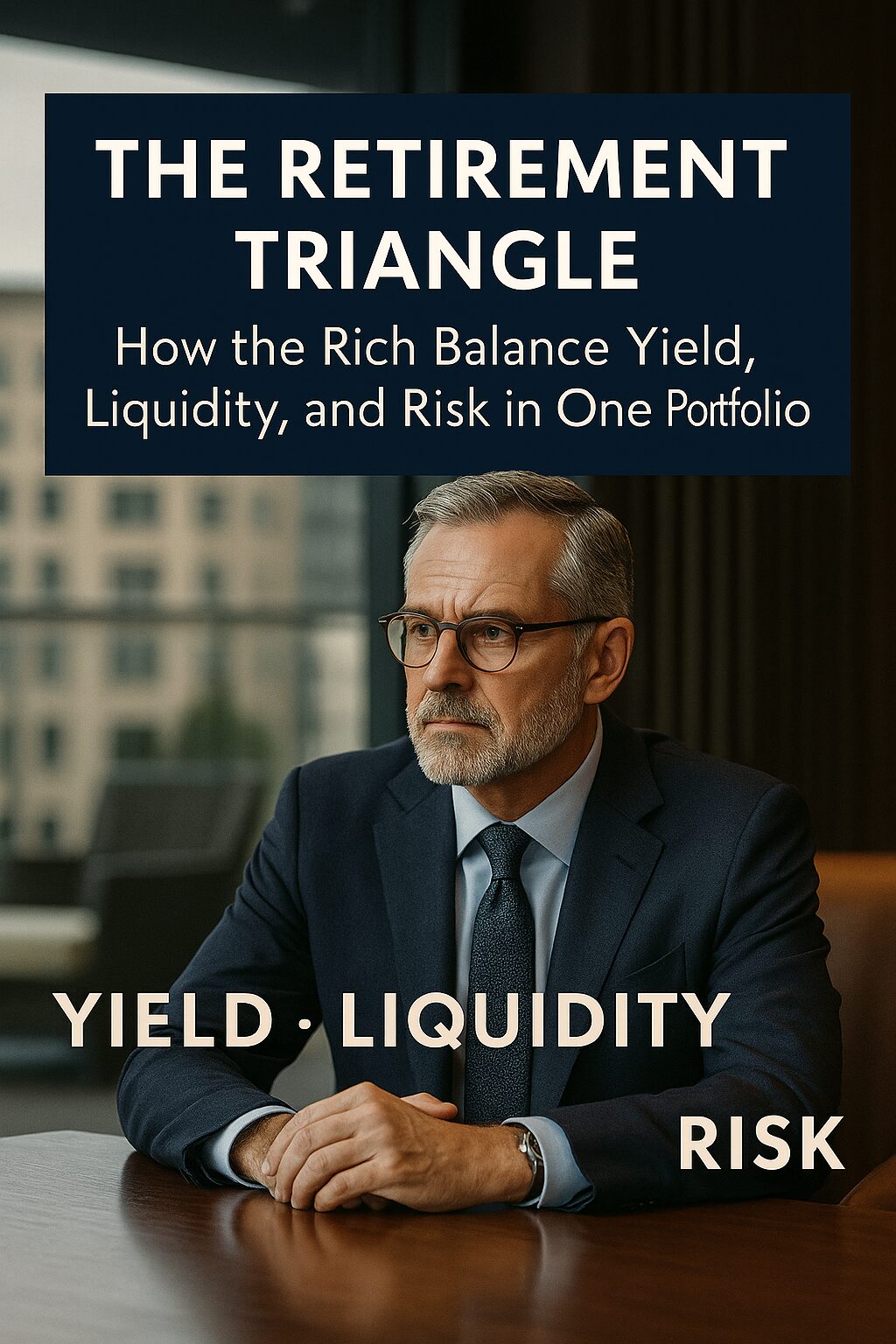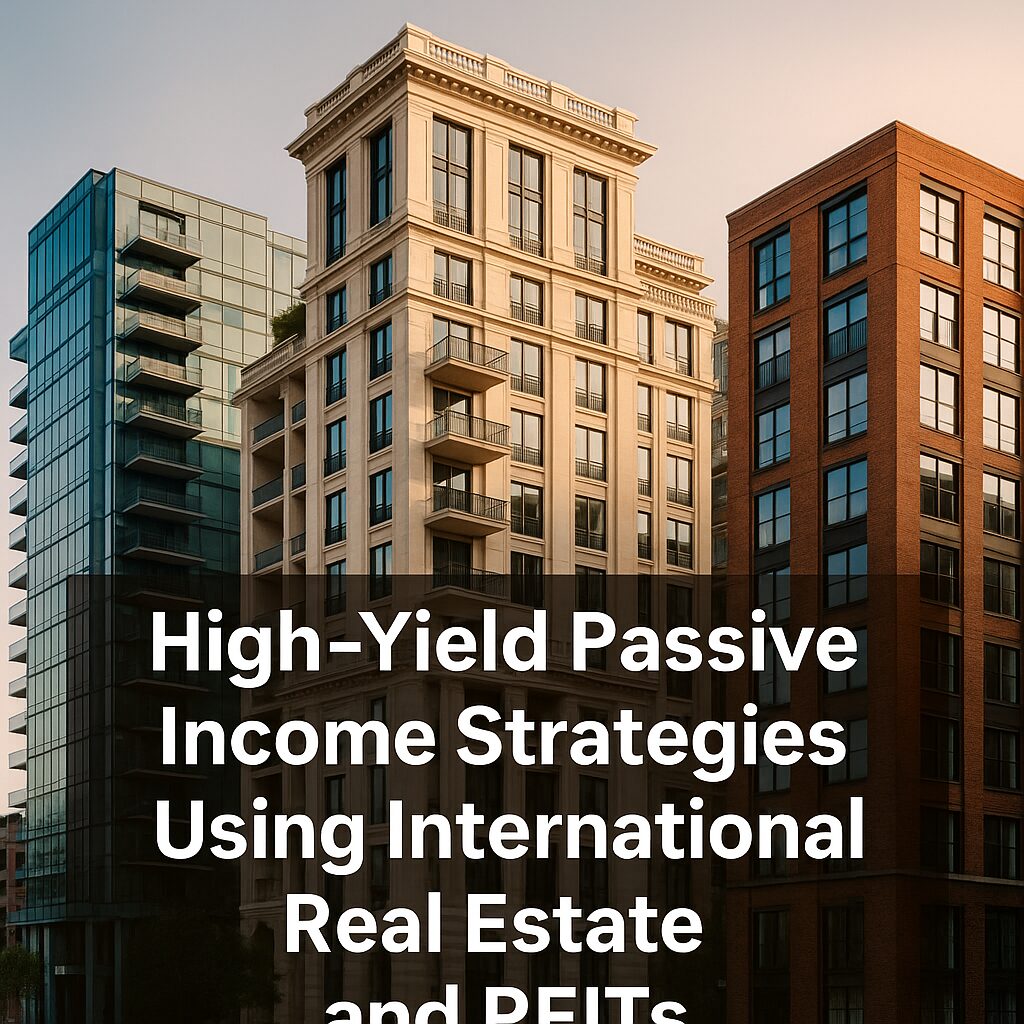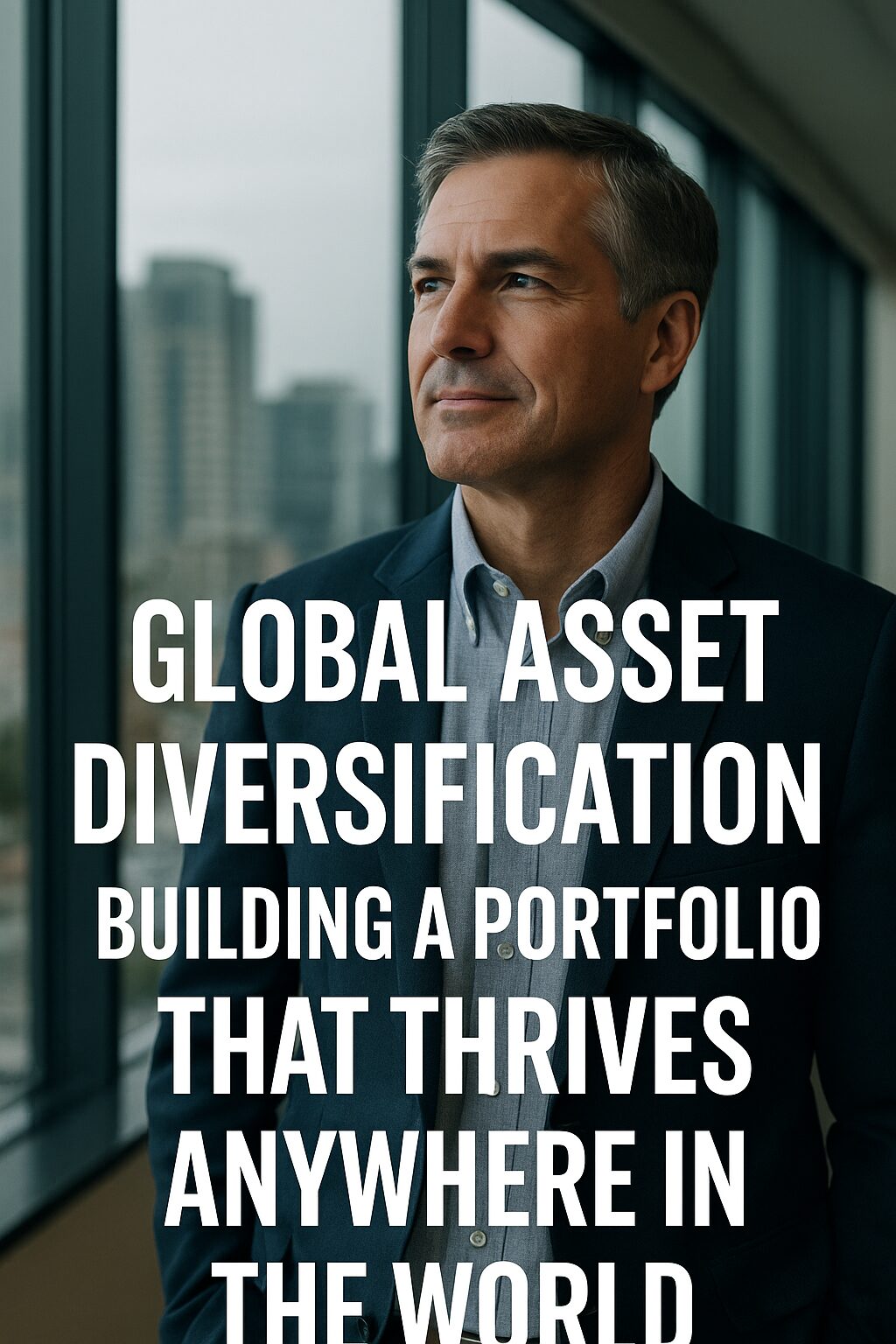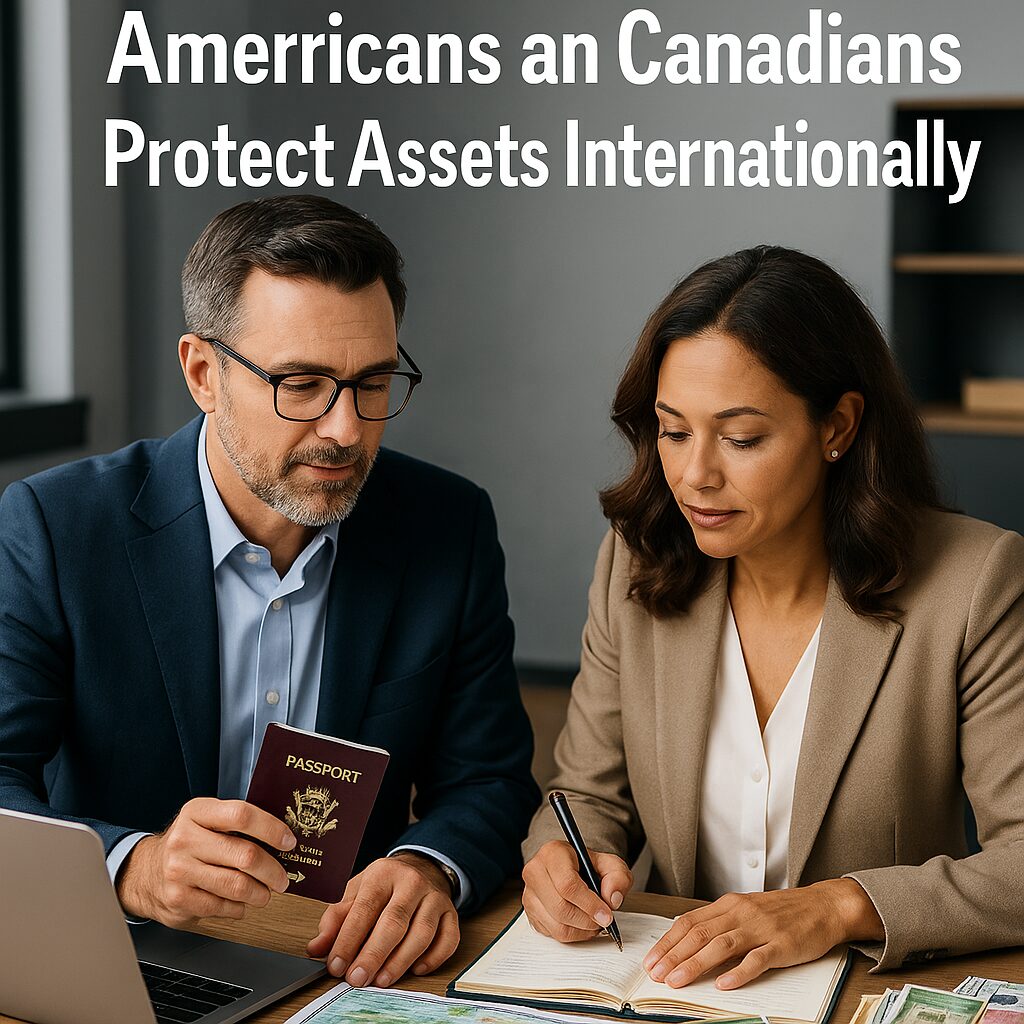The Hidden Cost of Inflation
Every year, inflation quietly erodes the value of money. Prices rise, the cost of living increases, and what once seemed like a comfortable income suddenly feels insufficient. In the past two decades, even moderate inflation rates have reduced purchasing power dramatically. While the average person struggles to keep up, the wealthy approach inflation differently. They see it not only as a risk but also as an opportunity—one that can be leveraged with the right investment strategy.
This article reveals the exact blueprint that the rich use to survive—and even thrive—during inflationary periods. From gold and foreign currencies to global real estate and dividend-paying assets, these strategies are designed to preserve wealth, generate income, and reduce risk in uncertain times.
1. Understanding Inflation’s True Impact
Inflation isn’t just about higher prices—it’s about losing purchasing power. A $100 bill today will buy less in 10 years if inflation averages just 3% annually. In high-inflation environments, the damage is even faster.
Key effects of inflation:
- Reduced Cash Value: Savings sitting in a bank lose value in real terms.
- Rising Asset Prices: Tangible assets like real estate, commodities, and equities often rise in price.
- Shifting Investment Landscape: Safe assets like bonds may underperform, pushing investors toward higher-yield opportunities.
The wealthy understand this dynamic and position their portfolios accordingly—avoiding the trap of letting cash sit idle.
2. The Rich Approach to Inflation
While the average investor reacts to inflation, the wealthy anticipate it. They don’t wait for news headlines; instead, they build defensive and offensive strategies years in advance.
Core Principles Wealthy Investors Follow:
- Diversification Across Asset Classes – No single asset should dominate the portfolio.
- Currency Hedging – Holding assets in multiple currencies reduces exposure to any one currency’s inflation.
- Income-Producing Investments – Cash flow from dividends, rent, or interest offsets rising living costs.
- Global Perspective – Investments are not limited by domestic borders.
3. Smart Investment Strategies to Beat Inflation
Here are four core strategies wealthy investors use to protect and grow their wealth during inflation.
3.1 Gold – The Timeless Inflation Hedge
Gold has been a store of value for thousands of years. It’s not tied to any single currency and often rises in price when inflation accelerates. Wealthy investors allocate 5–15% of their portfolio to gold and related assets like gold ETFs or mining stocks.
Advantages:
- Tangible and universally recognized
- Low correlation with stocks and bonds
- Liquidity through ETFs and bullion markets
3.2 Multi-Currency Assets – Protecting Against Single-Currency Risk
Holding assets in multiple currencies spreads risk. For example, an American investor might hold assets in USD, CHF (Swiss franc), and SGD (Singapore dollar) to diversify exposure.
Methods:
- Foreign currency bank accounts
- International ETFs or bonds denominated in strong currencies
- Stablecoins pegged to different national currencies
This approach ensures that if one currency suffers high inflation, others in the portfolio may remain stable.
3.3 Global Real Estate – Tangible Assets with Localized Value
Real estate in stable economies offers both capital appreciation and rental income. Wealthy investors look beyond their home countries, targeting markets with stable governance, strong demand, and favorable tax conditions.
Examples:
- Residential property in Switzerland or Singapore
- Commercial real estate in emerging markets with high growth potential
- Vacation rentals in tourist-heavy destinations
3.4 Dividend-Paying and Inflation-Resistant Stocks
Companies that consistently pay dividends—especially those that increase them over time—provide a reliable income stream. Sectors like utilities, healthcare, and consumer staples often maintain demand even in inflationary periods.
Key indicators:
- Dividend growth rate
- Payout ratio sustainability
- Industry resilience during economic downturns
4. Building Your Own Inflation Survival Portfolio
To apply these strategies effectively, follow this step-by-step process:
- Assess Current Holdings – Identify assets vulnerable to inflation.
- Set Target Allocations – Decide the percentage for each asset class (e.g., 10% gold, 20% real estate, etc.).
- Diversify Geographically – Spread investments across multiple countries and currencies.
- Incorporate Income Streams – Ensure part of your portfolio produces cash flow.
- Review Regularly – Adjust allocations based on inflation trends and market conditions.
5. Risk Management – Protecting Against the Unknown
Even the best strategies carry risks. Wealthy investors mitigate these through:
- Stop-Loss Orders – To limit losses on volatile assets.
- Insurance Products – For real estate and valuable physical assets.
- Liquidity Reserves – Cash or equivalents to take advantage of opportunities quickly.
Conclusion – Turning Inflation into Opportunity
Inflation is inevitable, but financial loss is not. By learning from the wealthy and adopting smart investment strategies, you can protect your wealth and even grow it in uncertain times. The key is to act early, diversify wisely, and stay informed about global trends.









